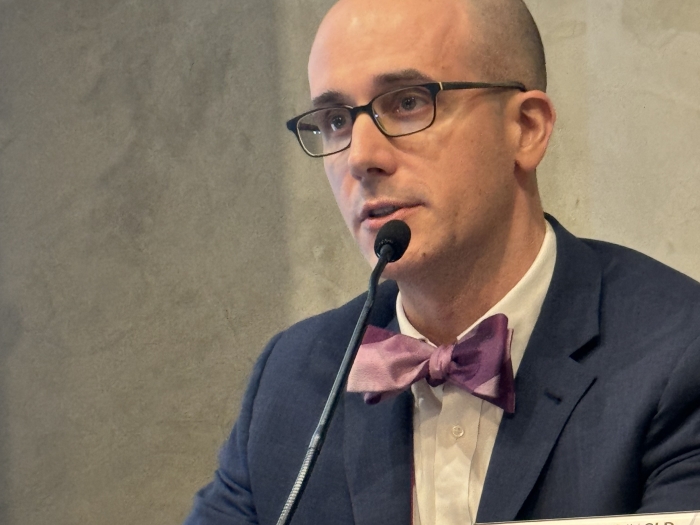If I were to draw the interconnections between the patient, the health providers, insurers, and relevant stakeholders, the diagram would likely be crowded with lines everywhere. I am tempted to simplify the relationships when explaining my experiences with ICE (Initial Clinical Experience) to friends and family outside of the medical community. But have discovered that it is difficult to do so. In reality, patient care is truly all that complex.

When I think of operational management and quality improvement, the areas of possible near misses and unexpected deviation are so numerous that it is hard to imagine where to begin. After all, with so many people, how does communication flow to ensure the best quality care?
As I sit on a stool in the staff clinic space, the dietician announces without logging into MiChart, "let's go see the next patient". Puzzled I ask her how she knows. She explains that she sees the patient whenever there is a gap in the patient's schedule. This could be after or before the physician has seen them, before or after the social work visit or pulmonary function testing. There is no exact place to check the timing, so she pops into the patient rooms to see if they are currently available. With no exact schedule in place for nutrition and social work visits, it seems as though seeing patients may be messy. "Sure", she admits, "sometimes we do miss seeing patients." But for the most part, surprising enough, it appears to work for them. It does however require lots of communication between the physicians, social workers, and dietician.
In today's world of increasingly complex medical care and specialization of roles, the importance of communication between all parties cannot be understated. Patient disgruntlement with clinic experiences is often a result or at the very least exacerbated by communication mishaps that can occur at any point in the clinic visit. At one visit, I watched a visibly distraught patient argue with the front desk clerk. The patient had checked in nearly an hour ago but had been waiting for her visit for a while and became increasingly upset as time went by. Unsurprisingly, it was an error in communication. The clerk had thought that the patient was going to get her labs done on another floor first before the clinic visit. This was not true. It was an unintentional mistake, but no doubt resulted in ill feelings towards the health system. In other instances, patient paperwork such as request for lab copies or documentation would occasionally become lost or not get to the appropriate channels. These are clearly system issues, but perhaps more difficult to fix because the large number of different healthcare provider roles.


At the end of each clinic visit, I like to ask the healthcare provider what he or she would like for us to know or take away from the experience as future physicians. The nurse I shadow says immediately and unequivocally, "communication is so important – it is so critical for making a strong team, good working environment, and better patient care." I think she is right.


Department of Communication at Michigan Medicine
Want top health & research news weekly? Sign up for Health Lab’s newsletters today!





